Hardware and software
1/41
There's no tags or description
Looks like no tags are added yet.
Name | Mastery | Learn | Test | Matching | Spaced |
|---|
No study sessions yet.
42 Terms
What is hardware?
Refers to the physical parts of a computer (aka computer components & peripherals).
What is software?
Refers to the set(s) of instructions given to the computer to execute one or more tasks. (aka programs)
What is Von Neumann Architecture and when did he designed it?
Describes how a conceptual computing device works (designed in the 1960s)

What does memory store?
Stores data & instructions.
What does the CU (control unit) do?
Obtains & executes instructions
What does ALU (Arithmetic Logic Unit) do?
Does calculations (both arithmetic and Boolean)
What is an accumulator?
Internal ALU storage for some data. (Inside the ALU)
What is input (in Von Neumann Architecture)?
Process of getting data into machine
What is output (in Von Neumann Architecture)?
Process of getting data from machine
Are most modern computers are Von Neumann machines?
Yes
List some output devices that are part of a modern computer
Monitor, speaker
List some input devices that are part of a modern computer
Keyboard, mouse, microphone, camera
List some system unit that are part of a modern computer
CPU, Memory, Hard Drive, Floppy Drive, GPU, network card, I/O card, Motherboard, Power Supply
What is a CPU (Central Process Unit)
Microchip that performs core computations; usually contains the ALU & CU
What is memory (primary storage)
Microchips that store data which can be accessed while computer is switched on
What is RAM (Random Access Memory)?
Volatile and modifiable. Information is lost when power is cut
What is ROM (Read-Only Memory)?
Non-volatile and non-modifiable
What are Hard drives (Secondary storage)
Stores data on magnetic disk (HDD) or magnetic strips (SSD) permanently
What do I/O (Input/Output) devices do?
Transfer data from user to machine and vice versa
What is an operating system (OS)?
The most important software; manages resources on the computer and executes applications
What is assembly language?
Express machine code symbolically to assist human programming
Is Machine code low level?
Yes
What language/s can the CPU understand?
Machine code (only)
Is Machine code universal to all CPU? (i.e. one machine code works for all type of CPU?)
Nope → machine code is unique to each CPU
What are the pros of coding in assembly?
Assembly matches machine code so codes for whatever CPU can do.
Very fast program execution.
Can be used on obscure CPUs.
What are the cons of coding in assembly?
Difficult to program.
Programs are very long.
Programming is slow and error-prone.
What is the difference between low-level programming and high-level programming?
Lower the level → less abstraction and more difficult for human to understand but easier for computer
What was the first high level programming language?
COBOL
Are the instructions for machine code all equal length?
No
What are the two ways to convert high-level code to low-level code?
Compiler: (e.g., C++, Java) Translates entire code at once.
Interpreter: (e.g., Python) Translates and executes code line by line.
What is the advantage and disadvantage of interpreter?
Advantage: Easier to program with
Disadvantage: Slower to run
What are the different type of high-level programs?
Procedural/Imperative: Programs specified as exact sets of instructions (Python, Java, C++).
Declarative/Logic: Programs are rules and facts processed by an engine (Prolog, XSLT).
Functional: Programs are collections of functions that are applied and composed to solve problems (Haskell, Lisp).
How does the operating system executed on start-up?
BIOS/ROM loads initial instructions to load OS.
Disks are checked in a defined order.
If OS machine code is found, it is loaded into memory and starts execution.
OS takes over and allows user to select and run programs until computer shuts down.
What does the operating system do?
Manages resources on computer

What device is this?
Hard drive
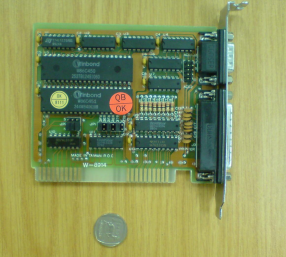
What device is this?
IO card
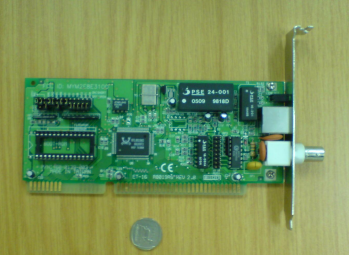
What device is this?
Network card
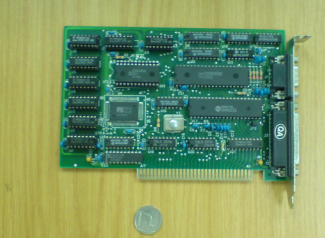
What device is this?
Graphic card
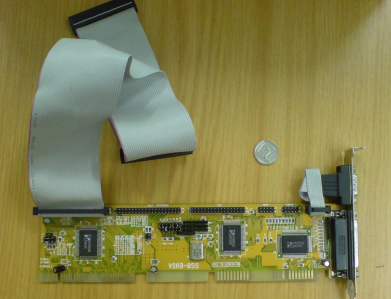
What device is this?
Drive controller card
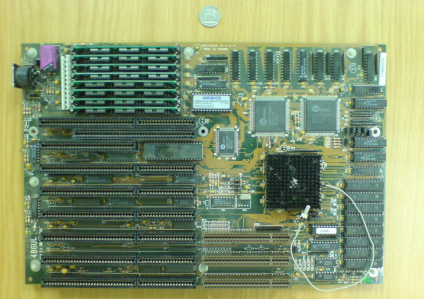
What device is this?
Motherboard
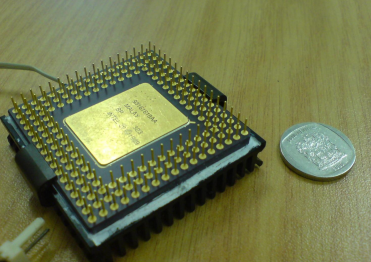
What device is this?
CPU
Who invented the first compiler
Grace Hopper